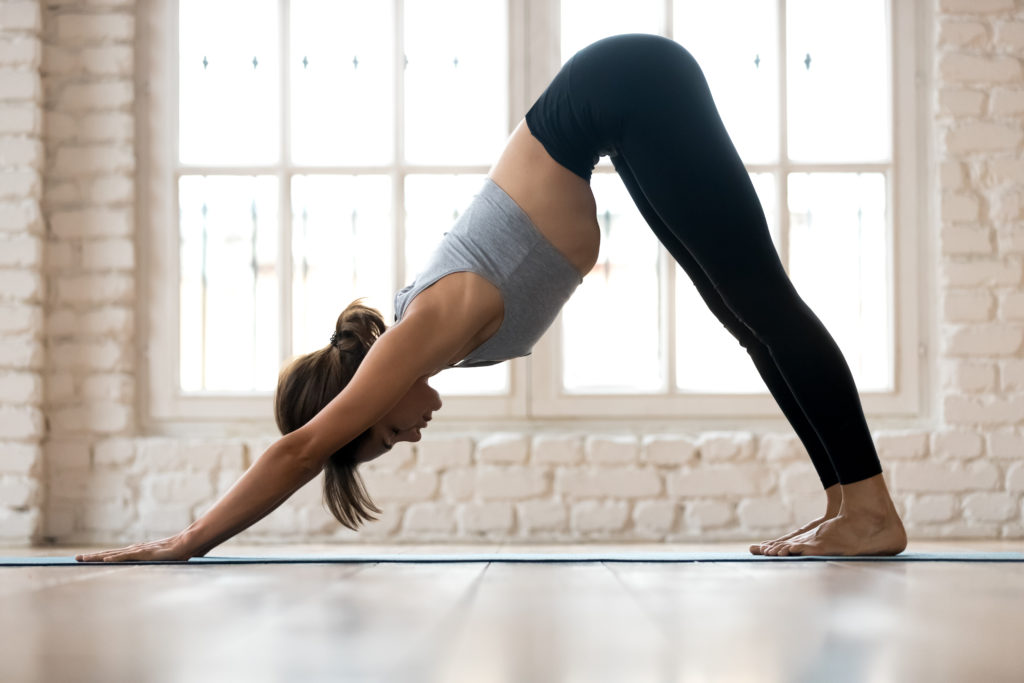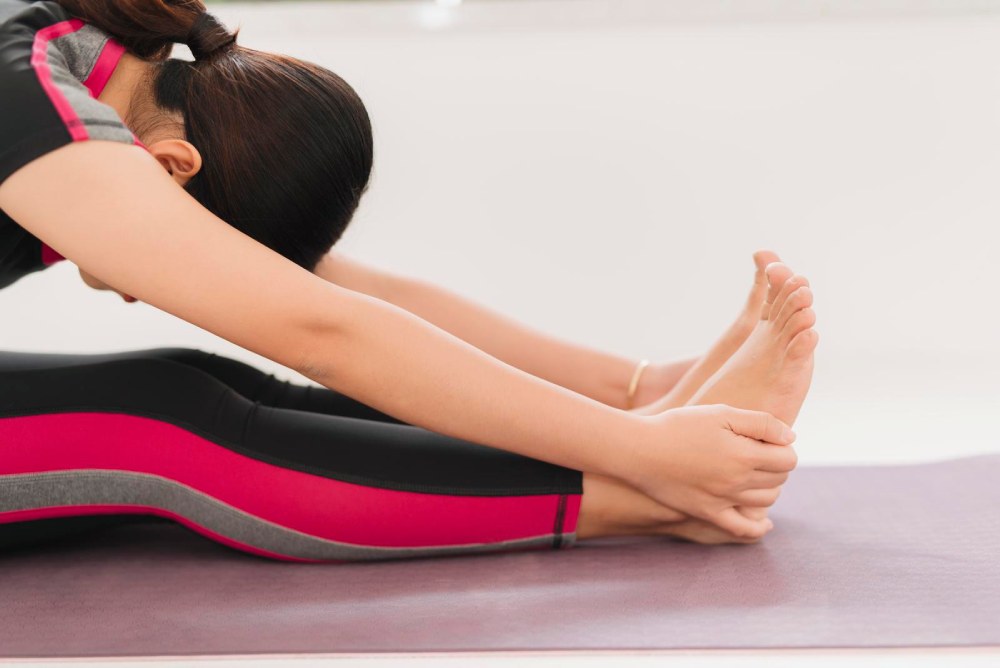Yoga can be used to prevent injury, but you need to be careful, so you might wonder how to warm up before yoga. Warming up entails stretching your muscles.
To many people who have never tried yoga before, it can come as a surprise that they need to warm up before starting a class or a routine. After all, a lot of people consider some yoga movements to be a warm-up to a more intense workout. Many people consider yoga to be a low-intensity workout, and as such, they assume that they don’t need to warm up for a yoga class.
The truth is that everyone who is doing yoga needs to prepare their mind and their muscles before they start. In fact, just about every muscle in the body needs to be properly stretched before starting a yoga session. The best thing to do is stretch, starting from the top of your body all the way down.
Warming up promotes blood flow to the muscles, which will help to promote flexibility. Warming up also helps to prevent injuries to the joints and over-extended muscles.
Contents
1. Start At The Top
The best way to remember all of the parts of warming up is to develop a routine that is the same every time. For many people, the easiest way to remember a routine is to go in the same order; start with the head and work all the way down your body.
In light of this, start your warm-up with your head and neck. Place your head in a neutral position, then look straight up and down without tilting, and inhale. Then, breathe out while turning your head to the right. Breathe in as you bring your head back to the center point, then breathe out as you turn your head to the left. Repeat this move at least three times.
After returning your head to the starting center position, tilt your head to gaze at the ceiling while breathing out. Breathe in as you lower it back to the neutral position. Breathe in again while bringing your chin to rest on your chest. Repeat this movement at least three times.
Next, start at the neutral position and breathe out while you bring your right ear to just barely touch your right shoulder. Remember to keep your shoulders straight while doing this; you should only move your head for this movement. Bring your head back to the neutral position while exhaling, then repeat on the left side.
Finally, start at the neutral position and breathe deeply as you bring your chin to your chest and then roll your head to the right. Once your gaze is toward the ceiling, continue to breathe deeply as you roll your head back down to your chest. Go in the opposite direction, then repeat the entire movement again. You might also be wondering should you practice meditation after yoga.
2. Move Your Shoulders

Moving your shoulders ensures that you’ll suffer fewer injuries during movements that require you to hold your weight on your arms and upper back. Start by standing up straight and breathing in as you lift your shoulders to your ears.
Do not move your head or other parts of your body during this movement. Breathe out as you bring the shoulders back down to their original position. Repeat at least two more times. Check out these reasons why you get dizzy after yoga.
Next, perform a few shoulder rolls to ensure that the muscles of your chest and shoulders are loose. While standing up straight, breathe in as you lift your shoulders by rolling them forward, then breathe out as you bring them back and down. Roll your shoulders in this direction at least three times, then repeat in the opposite direction.
3. Side Body Stretches
Your core or ab muscles do a lot of work during a yoga class, making it necessary to warm them up before you get started on your regular routine. While standing up straight, breathe in and bend to the right as far as possible without moving any other parts of your body as you exhale. Hold the stretch for at least three seconds, then breathe in as you return to your start position. You can do this with your arms by your side or with your hands on your hips.
4. Finishing Up
Once you have stretched the other parts of your body, it’s time to start a few basic yoga poses to stretch your back and legs. In many formal classes, instructors will tend to start with these movements as a way to get everyone to finish their warm-up routine or as a way to ensure all their students warm up.
Keep in mind, however, that these movements are not a complete warm-up routine on their own. You should still work the muscles in your body as described previously in order to really ensure that you’re ready to do yoga.
Cat-Cow Stretch
The Cat-Cow stretch can be a great way to warm up your spine. Start by kneeling on your hands and knees, then breathe in as you push your chest down to the ground.
Try to keep your head forward, your shoulders back (pointed away from your back), your spine slightly arched, and your lower back aimed toward the ceiling. Breathe out as you push your hands towards the ground, and hold the pose for at least three seconds. Repeat this motion at least five times.
Downward-facing Dog

Downward-facing dog is a whole-body move that will help to stretch your arms, back, and legs. This move is also a great transition move as you move into a full yoga routine. Start in the tabletop position, then breathe out as you tuck your toes and lift your hips to the ceiling. As you warm up, move your feet to keep blood flowing.
Sun Salutations
Sun salutations are a classic warm-up move for yoga practitioners. There are multiple ways to perform this move; choose a version that works best for you.



